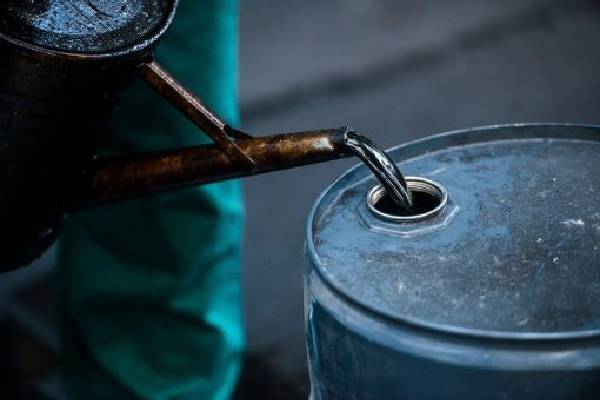Nigeria’s upstream oil sector posted a year-on-year increase in production, averaging 1.63 million barrels per day (bopd) of crude oil and condensates in August 2025, up from 1.58 million bopd during the same period last year.
The figures were released by the Nigerian Upstream Petroleum Regulatory Commission (NUPRC) on Saturday, with Head of Media and Strategic Communications, Eniola Akinkuotu, highlighting the steady recovery and improved operational performance across the industry.
Crude oil production specifically rose by 5.47% year-on-year, averaging 1.43 million bopd in August 2025, compared to 1.36 million bopd in August 2024.
Meanwhile, daily condensate output slightly declined to 197,229 bopd from 220,435 bopd the previous year.
Notably, Nigeria met 96% of its OPEC quota of 1.5 million bopd, demonstrating the country’s capacity to align with international production targets.
On a month-on-month basis, combined crude and condensate production dropped by 4.7% from 1.71 million bopd in July 2025.
Read Also
Crude oil production alone fell 4.8% from 1.5 million bopd in July, a decline attributed to a single day of unscheduled maintenance at an oil facility.
Production during August fluctuated between a low of 1.59 million bopd and a peak of 1.85 million bopd.
Among the country’s oil terminals, Forcados led output with 8.99 million barrels, comprising 8.08 million barrels of crude oil and 915,200 barrels of condensates.
READ ALSO: Nigeria Records Lowest Crude Oil Losses In 16 Years – NUPRC
Bonny Terminal followed with a combined 6.26 million barrels—5.8 million barrels of crude and 418,270 barrels of condensates.
Qua Iboe Terminal produced 4.99 million barrels, including 4.94 million barrels of crude and 50,500 barrels of condensates, while Escravos Oil Terminal contributed 4.18 million barrels, made up of 4.08 million barrels of crude and 107,000 barrels of condensate.
The NUPRC’s report underscores Nigeria’s gradual rebound in upstream oil operations and the sector’s growing efficiency in meeting both domestic and OPEC production benchmarks.





